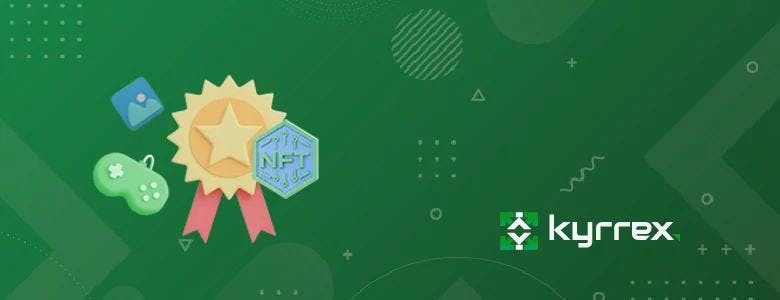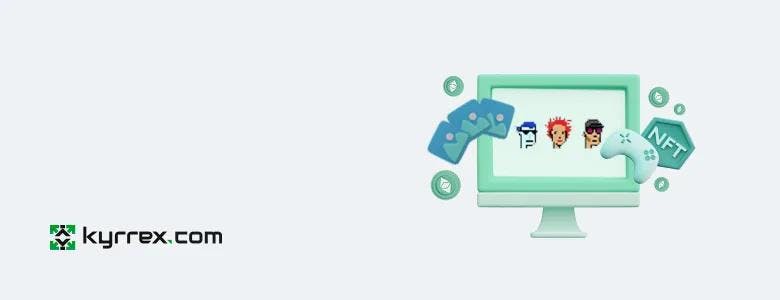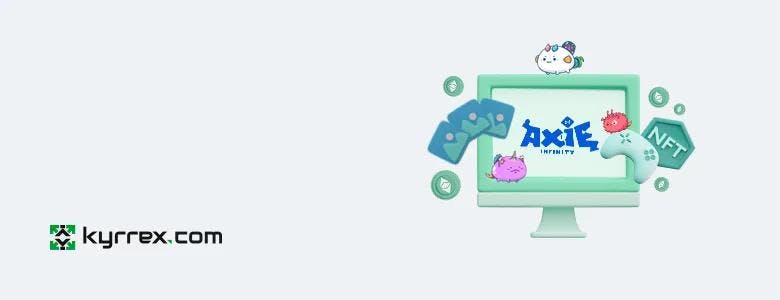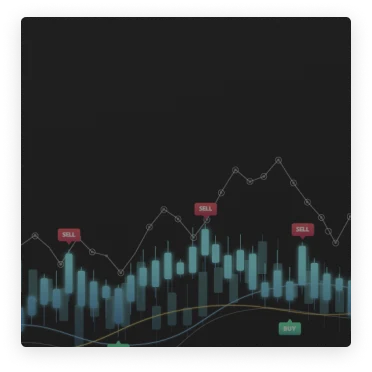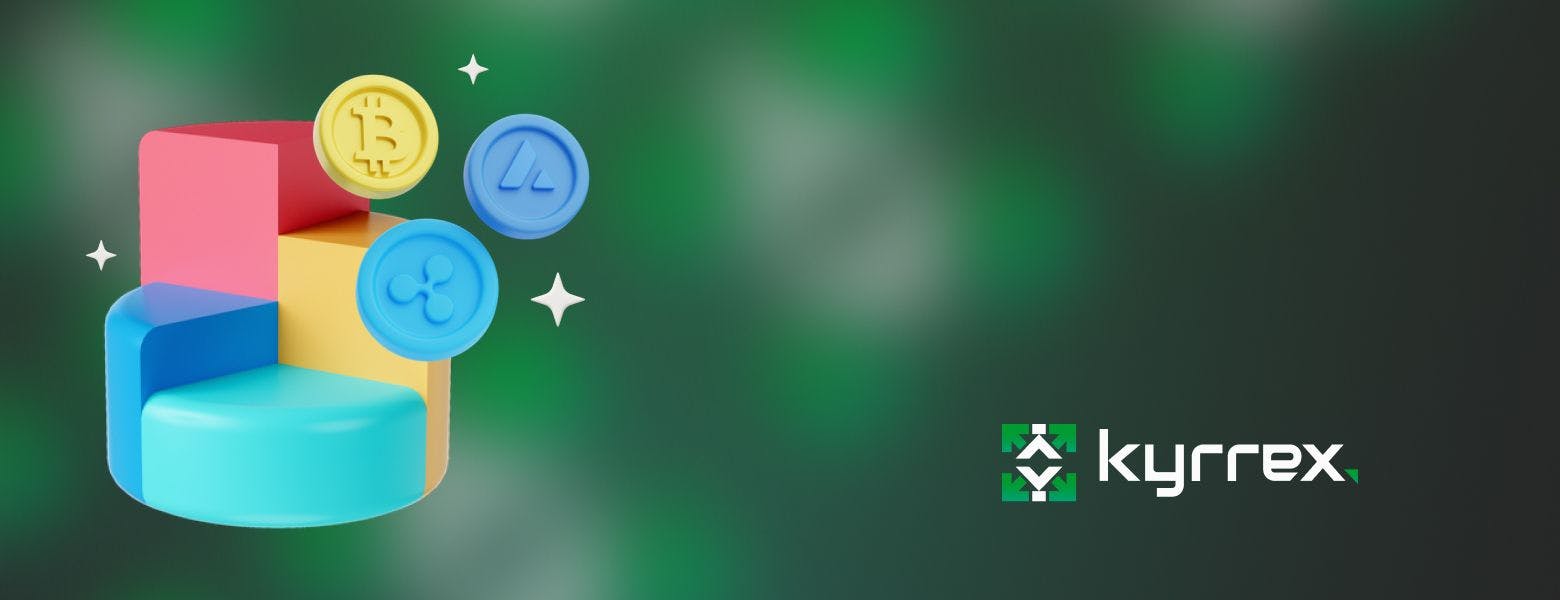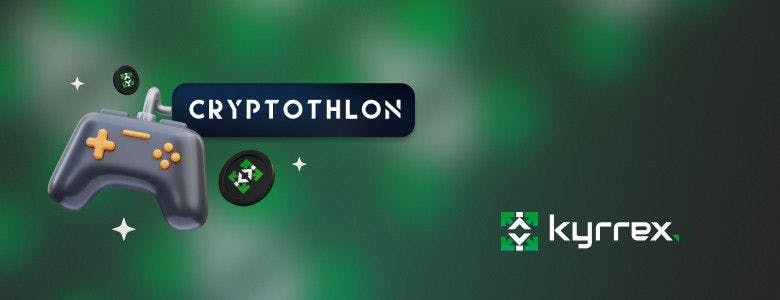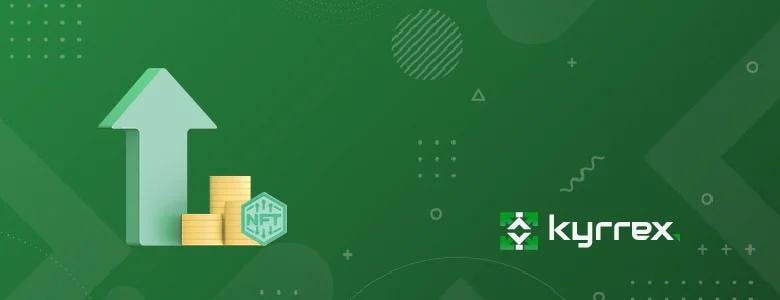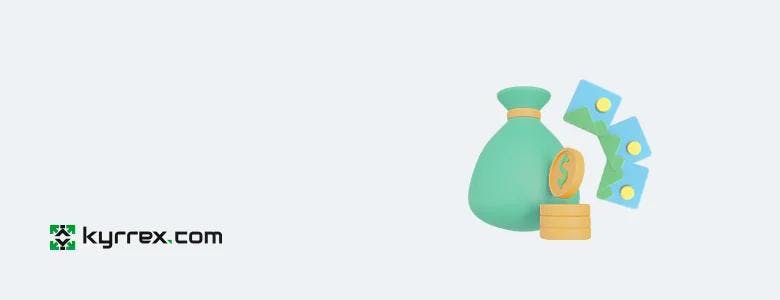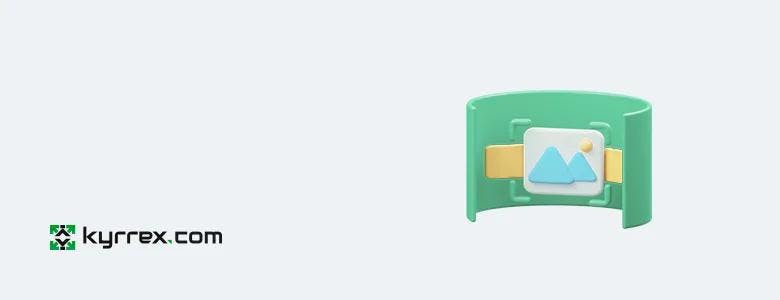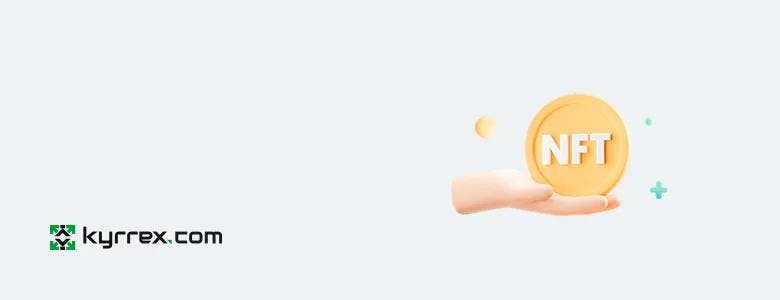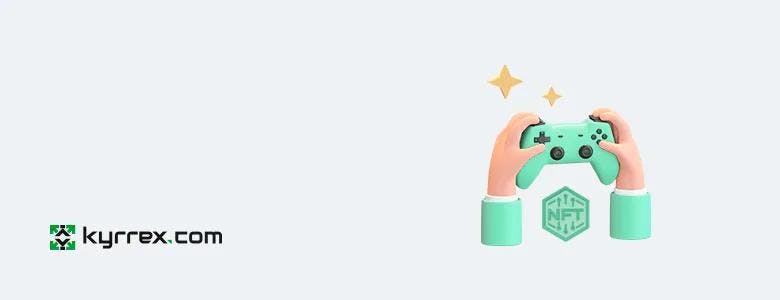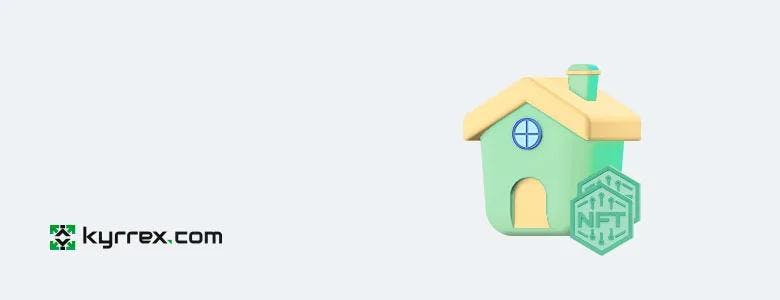Let's not kid ourselves: everybody is in crypto to make money. Be it venture capital or retail investors, the ultimate goal is profits, lots of it. Enough profits to retire for good on some sunny beach in South America.
Okay, fine, there are more noble goals in cryptocurrency beyond the pursuit of more wealth. There's decentralizing the means of exchange away from government and corporation control. There's the building of next-gen internet apps on blockchain technology. There's various novel approaches to finance, games and real estate. And there's the ongoing exploration of the blockchain-based metaverse.
Most people who jumped early on the bandwagon of projects like the above have already smiled to the bank. Cryptocurrency has made millionaires out of many; it will make many more. One of the newest and best ways to accumulate huge gains in crypto is through non-fungible tokens (NFTs).
NFTs combine blockchain tech and the idea of collectibles into a unique token of burgeoning popularity. They're the latest money-spinning method in crypto for those who are savvy enough to take advantage.
In this article, we'll show you six ways NFTs can make you tons of cash:
Non fungible tokens manifest mainly as digital collectibles of various types. They are uploaded on special marketplaces where traders can transfer ownership by buying and selling. An NFT marketplace works similarly to a platform like Amazon. Prices are either fixed or the auction method is used.
The big deal about buying a solo NFT or part of a collectible is that you can flip it later at higher prices. Much like you can buy a traditional cryptocurrency like bitcoin and sell it when the price is higher, you can do the same with NFTs. The risk, of course, is that demand for the item you hold might wane, pushing the price lower.
This is why you should research any NFT project before you invest in it. Class-A NFTs like CryptoPunks and Bored Ape Yacht Club might be beyond most people now but there's a ton of other solid collections to invest in.
Again, knowing the right time to pull the trigger and sell off the NFT is key. We don't want to be saddled with a collectible that no one wants to buy.
Once you've decided which non-fungible token to invest in, you can make your way to OpenSea, Rarible or another marketplace and make your purchase. Once you're ready to sell, simply list your item at the price you want. Once someone buys it, the payment will be transferred to your wallet.
Rather than investing in a collectible, why not mint one yourself? Given that you can create an NFT by yourself, nothing stops you from making cool money by launching your own NFTs. You can either list a single digital collectible or make it a collection.
If you're an artist, you're in luck. NFT artworks are selling like hot cakes with crypto investors looking for alternative ways to spend their profits. With good art and graphics skills and marketing savvy, you can attract publicity to your NFTs and get rich selling them on a marketplace.
Most NFTs use the ERC-721 standard, an Ethereum protocol, to encode information though other networks like PolkaDot and Solana are seeing some use. You need some Ethereum, a compatible wallet, and the items to transform to NFTs, to begin. Head over to a marketplace and mint your collectibles. You can then list them for a price.
Jack Dorsey sold an NFT of his first tweet for $2.9m. You can find takers for your own memorabilia, if they are memorable enough. Photos, videos, music, memes, tweets, artwork, documents and other things can be listed as NFTs. The list is endless.
Another way to benefit from the non-fungible token revolution is to buy… a fungible token! In particular, a fungible token associated with NFTs. As the use case for NFTs expand, lots of projects now incorporate these tokens as the central component of their ecosystem.
You can benefit from this by investing in a cryptocurrency linked to an NFT project. As the project gains in popularity and hype, its associated token is likely to increase in value. Game, metaverse and real estate projects have seen their values skyrocket to unprecedented levels over the past year. The trajectory of the NFT space remains upwards for the foreseeable.
You can maximize your gains from NFTs by looking for solid projects still in their infancy and investing in their tokens. And if you'd rather jump on a moving train, there are lots of popular NFT projects in the mainstream. You can bet on their prices going even higher, despite the huge gains they've already made.
Mana is the utility token of Decentraland, an NFT real estate platform operating since 2017.
- January price: $0.07
- December price: $3.64
- All time high: $5.90
Axie Infinity Shards (AXS)
Axie Infinity is a trading and battling game on the blockchainthat plays like pokémon. AXS is its governance token.
- January price: $0.41
- December: $105
- All time high: $165.37
The Sandbox is a multilayered NFT p2e platform that provides a 3D environment where users can function as gamers, creators and traders.
- January price: 0.03
- December price: 6.70
- All time high: 8.44
Enjin Network is a social gaming platform built to provide the most comprehensive gaming experience on the blockchain, including the use of NFTs.
- January price: $0.12
- December price: 3.03
- All time high: 4.85
My Neighbor Alice is an NFT multiplayer game on the Binance Smart Chain. Players buy islands, build on them, and simulate other social activities.
- Launch price: 3.19
- December price: 14.20
- All time high: 42.55
Looking at the past and current prices of these and similar projects, it's evident that investing in the right NFT project can be potentially life-changing.
If you're not deep-pocketed, you can still make massive gains from NFTs by engaging in gaming activities on the blockchain. There are literally dozens of crypto-based games offering some form of rewards for productive gameplay.
There are various models of NFT games at the moment. Play-to-earn games reward you in crypto for playing games. This can simply be by completing objectives or by progressing far enough in the game to unlock rewards.
A different model is play-to-win. In this game, users pit their wits against one another and the winners take the prizes on offer. This is a common system in games that use racing and sports elements.
Your rewards for playing games could be a currency like Ethereum, the platform's utility token, like TLM in Alien Worlds, or non fungible tokens which you can either keep or sell. If you're a gaming pro, you can monetize your skills and amass a small fortune from crypto.
To start making money from games on the blockchain, it's better to find a game you like or can quickly learn. Typically, you need some of the platform's utility tokens to start with. These will go into buying the virtual equipment you need.
Here are some popular NFT games you can play and earn from right now:
- SplinterLands: a multiplayer collectible trading card game.
- Alien Worlds: a play-to-earn social simulation game in the metaverse.
- Axie Infinity: a pokémon-inspired game where users breed and battle with virtual pets called axies.
- Farmers World: an innovative P2E farming simulator.
- Star Atlas: a space exploration, combat and community game on Solana with next-gen graphics.
- Bomb Crypto: a virtual universe on the blockchain where players control cyborgs to hunt the in-game token and fight monsters.
- CryptoBlades: a monster-based RPG with solo and cooperative elements.
- Thetan Arena: a player-vs-player multiplayer online battle arena game with various modes gamers can earn from.
- Gods Unchained: one of the most popular card-based blockchain games.
Established NFT games will likely be more expensive to play. If you're a beginner, you can start your NFT earning experience with newer and cheaper games.
Virtual real estate is looking like the next big thing in the NFT space. You can find them on a decentralized virtual metaverse platform that allocates land to buyers who then go ahead to build whatever they want.
There are dozens of metaverses you can visit and invest in. The metaverse is a persistent 3D universe where you can play, work and socialize using a digital avatar. Imagine taking the dog for a walk, attending a concert and hanging out with friends all while relaxing on the couch in your house.
From an economic perspective, the metaverse has huge potential for the canny investor. You could buy a piece of real estate on a metaverse platform, and sell it for a profit when demand increases. You can even develop it into a virtual garage, cinema, or shopping mall and make money from the building.
Decentraland is the most popular crypto real estate platform and by far the most developed. It has over 20 million active users and has already played host to big events like concerts and auctions.
There are 90,000 plots of land on Decentraland and the choicest pieces have been snapped up already. You can visit the Decentraland marketplace to check land for sale. If you find one you like, you need to pay using MANA, the platform's utility token.
Real estate on Decentraland doesn't exactly come cheap. At the current price of MANA, you need around $12,000 to buy a parcel of LAND on the platform.
Upland is another metaverse platform that deals in virtual real estate. Upland wants to be a digital version of earth. Properties on the platform replicate a real-world address. So you can buy virtual copies of famous places in New York or Los Angeles.
This is another platform where you can buy, sell or develop properties. It's a user-owned virtual world on the Ethereum blockchain. Buyers are encouraged to develop stores, art galleries and other useful structures on their parcels. This platform focuses on art-centric buildings like museums, studios, galleries that can host virtual art fairs or house artworks for virtual tourists to admire.
Everybody loves freebies, and if you can flip them for serious money, even better.
You don't have to buy or create an NFT to own one. You can participate in airdrops and similar programs that reward you for your time, followership or promotion with a free NFT.
The Crypto Punks NFTs, for example, were given out for free. Some are now worth millions of dollars. Some popular brands like Pepsi have also held free NFT promotions that can now be bought on OpenSea.
Just like cryptocurrency airdrops, NFT airdrops occur frequently in the crypto world. You can monitor a platform that tracks upcoming drops to learn how to participate. In some instances, you need to fulfil conditions such as holding a certain type of cryptocurrency, to be eligible for a drop.
If you're lucky, you can land a unique or rare NFT that's in high demand and trade it when the hype is loudest.
Contrary to popular opinions, NFTs don't begin and end with collectibles and digital art. It's a fast-moving segment of blockchain tech that keeps evolving with new products and use cases.
This, of course, means newer and better ways to make money. It offers unique opportunities for veteran and newbie gamers alike to monetize their love of friendly competition. Investors can also ride the growing NFT hype train by getting good yields from NFT-related cryptocurrencies or stay with classical methods of investment in Bitcoin or other altcoins like KRRX token.
